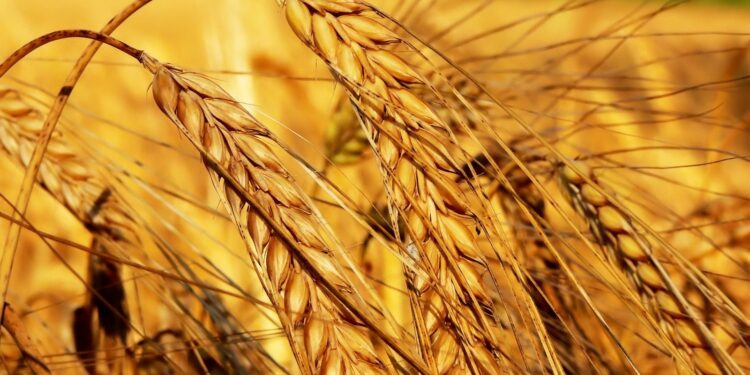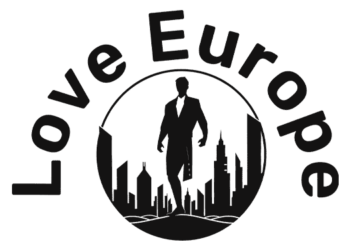Pesticides in fruits and vegetables, mercury in tuna, heavy metals in potatoes or dark chocolate…
These are just a few examples that have recently made us question the quality of food production not only in Serbia but worldwide, and what actions we can take to protect water, air, and soil from pollution.
Experts state that soil pollution is a serious issue in Serbia but also emphasize that the soil is still suitable for producing safe and healthy food.
Soil pollution results from industrial activities, urbanization, intensive agriculture, and inadequate waste management—a challenge faced by many more developed nations than Serbia.
“Generally, Serbia’s soil is uncontaminated when considering the overall land resources, and it is suitable for the production of health-safe food. However, it is increasingly exposed to pollution due to the irrational use of agrochemicals, landfill sites, the energy and industrial sectors, and microplastics,” said Dr. Jordana Ninkov, a scientific advisor at the Institute of Field and Vegetable Crops, a national research institution in Serbia.
Heavy Polluters and Their Risks
Heavy metals such as lead, cadmium, mercury, and arsenic are among the most dangerous soil pollutants. Equally hazardous are pesticides, nitrates, phosphates, organic pollutants, plastics, wastewater, and sludge.
“Contaminated soil poses a risk to agricultural production and can be hazardous to human health. The increased entry of heavy metals and pesticides into the food chain can lead to the accumulation of toxins in humans and animals, with risks of various chronic diseases,” warns Professor Dr. Aleksandar Đorđević, Head of the Department of Soil Science and Geology at the Faculty of Agriculture.
Regional Soil Pollution in Serbia
Soil pollution varies across regions. Near Bor and Majdanpek, experts note that mining and metallurgy leave significant amounts of heavy metals in the soil. These activities have also degraded surrounding land and ecosystems.
“In Pančevo and Kraljevo, major chemical industries contribute to high levels of pollutants, including heavy metals, organic contaminants, and poor waste management,” explains an RTS interviewee.
“In Belgrade, urban expansion, improper waste management, and pesticide use in urban and suburban agricultural areas contribute to soil pollution,” adds Đorđević, noting that Vojvodina and other intensive farming regions are also at risk from pesticide contamination.
Southeastern European countries face high levels of soil pollution, while the situation in Western Europe is somewhat better. It is estimated that 60–70% of European agricultural land cannot be considered healthy, primarily due to humus loss and erosion.
“This is the result of long-term intensive agriculture, reliance on mineral fertilizers alone, and soil tillage with heavy machinery. Despite this, Serbia’s soil is not as endangered, although its quality is significantly below its natural potential. This is especially true in Vojvodina, rich in high-quality chernozem but also Europe’s least forested region, lacking livestock farming, pastures, and manure,” emphasizes Ninkov.
Supporting Farmers in Transitioning to Sustainable Practices
At this stage, it is crucial to support Serbian farmers in transitioning to regenerative practices that will enhance soil quality.
“This transition requires substantial initial investments, new machinery, more knowledge, and complex production organization. Results become visible only after some time. It’s clear that farmers need institutional, professional, and financial support. Soil preservation is also important in urban areas due to its capacity to retain water and regulate temperature, which can help mitigate tropical heat or absorb water during heavy rainfall,” Ninkov adds.
Reducing soil pollution in Serbia demands serious investment in monitoring, rehabilitating contaminated land, and promoting sustainable agricultural practices. The EU, for example, has implemented regulations on the circular economy in agriculture.
“Greece recently adopted a new strategic plan for the Common Agricultural Policy for 2023–2027, with a budget of €13.4 billion, focusing on ecological and climate goals. Farmers receive subsidies for using microbiological fertilizers and pesticides, growing legumes and cover crops, and employing tailored tillage—all aimed at maintaining soil fertility, preventing degradation, and producing safe food,” explains Professor Đorđević.
Reducing Food Waste is Essential
Education and awareness about proper waste management and environmental protection are key to preserving soil quality. Individuals can contribute by reducing food waste.
“One-third of the food produced globally is discarded. Think about how much soil, water, and energy went into producing that food, and strive to plan your meals better,” advises Ninkov.
Consumers should also opt for locally produced goods with minimal packaging, especially plastic, and those from sustainable production systems, supporting eco-conscious companies and producers.
“Our choices shape the shelves. The products we frequently choose will dominate the market, sending a clear message to producers. This is the best way to reduce pollution. Recycling, often associated with ecology, addresses the consequences rather than the root of the problem,” Ninkov explains.
Serbia’s Land Protection Law: Progress and Challenges
In 2015, Serbia adopted the Land Protection Law, becoming the first country in the region to establish regulations in this field. Serbia also maintains a Register of Contaminated Soil Sites through its Environmental Protection Agency.
“Although these sites require remediation measures, it’s worth noting that Serbia has around four million hectares of agricultural land—resources that must be preserved for producing safe food. To protect the soil, more extensive and detailed research is needed, alongside continuous monitoring. Serbia has a significant number of experts in the Serbian Soil Science Society, but their work requires further support through national thematic projects dedicated to soil, similar to EU initiatives,” our source adds.
Despite having the law for nine years, compliance remains an issue.
“While Serbia has adopted certain European standards, implementation and oversight remain challenging. Soil is the planet’s skin, and the 21st century is regarded as the century of soil preservation as a natural resource,” Đorđević reminds us.
He notes that EU countries have advanced systems for soil quality monitoring, while Serbia is still working on improving its capacity for tracking and analyzing soil conditions. The lack of soil quality data complicates decision-making for protecting and rehabilitating this vital resource.
(Biznis i Finansije, 16.11.2024)
U Evropi oko 60-70% poljoprivrednog zemljišta zagađeno, a kakvo je stanje u Srbiji?
Source link : http://www.bing.com/news/apiclick.aspx?ref=FexRss&aid=&tid=673e7ffce99d4394b3e027b2bd48d2a3&url=https%3A%2F%2Fwww.serbianmonitor.com%2Fen%2Fbetween-60-and-70-of-agricultural-land-in-the-eu-polluted-how-about-serbia%2F&c=5101063861166441062&mkt=de-de
Author :
Publish date : 2024-11-18 01:28:00
Copyright for syndicated content belongs to the linked Source.


